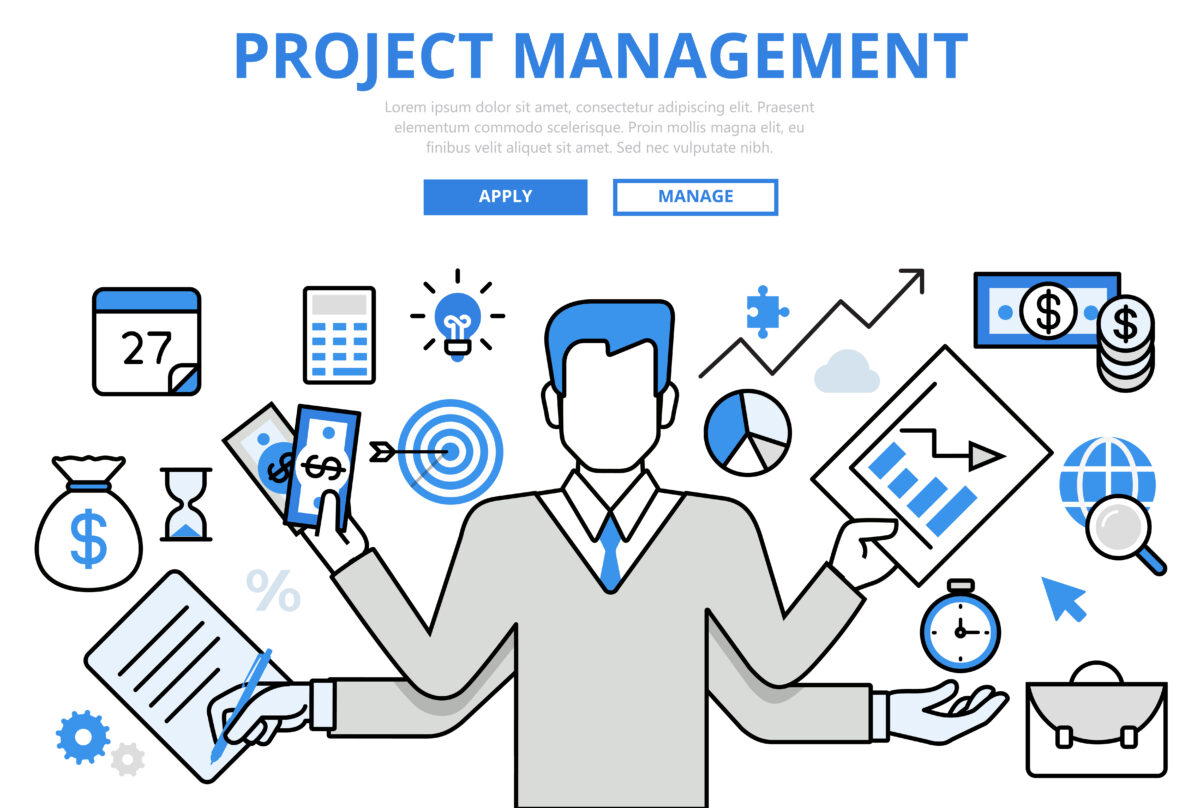Project Management Techniques: Navigating the Path to Success

Introduction to Project Management Techniques
Project management techniques are systematic methods employed to plan, execute, and complete projects efficiently. The significance of employing the right techniques cannot be overstated, as they play a pivotal role in achieving project goals within stipulated timelines and budgets.
Key Project Management Techniques
Before diving into specific techniques, it’s essential to understand the broader categories of project management approaches. These encompass traditional methods like the Waterfall model and modern, agile methodologies like Scrum and Kanban.
Agile Methodology: A Dynamic Approach
Agile methodology has gained immense popularity for its flexibility and adaptability. Emphasizing collaboration and customer feedback, Agile breaks down projects into smaller, manageable iterations, promoting continuous improvement throughout the project lifecycle.
Waterfall Model: A Sequential Approach
In contrast to Agile, the Waterfall model follows a sequential approach. Each phase must be completed before moving to the next, making it ideal for projects with well-defined requirements and minimal expected changes.
Critical Path Method (CPM): Managing Dependencies
The Critical Path Method is a crucial technique for project scheduling. By identifying the critical path, which consists of tasks that cannot be delayed without delaying the entire project, CPM helps project managers allocate resources efficiently to ensure timely completion.
Scrum Framework: Collaboration and Adaptability
Scrum, a popular agile framework, focuses on collaboration and adaptability. It divides work into fixed-length iterations called sprints, with regular reviews and adaptations based on feedback, ensuring the project aligns with changing requirements.
Kanban: Visualizing Workflows
Kanban, a visual project management method, allows teams to visualize their workflows on a Kanban board. By limiting work in progress, teams can optimize efficiency and identify bottlenecks for continuous improvement.
PERT Analysis: Estimating Time and Resources
Program Evaluation and Review Technique (PERT) is a valuable tool for estimating the time required to complete a project. By breaking down tasks and identifying dependencies, PERT aids in creating realistic project schedules and allocating resources effectively.
Lean Project Management: Reducing Waste
Lean project management focuses on minimizing waste and maximizing value delivery. By eliminating unnecessary steps and processes, Lean helps teams achieve efficiency and deliver high-quality results.
PRINCE2: Structured Project Management
PRINCE2 (Projects IN Controlled Environments) is a structured project management methodology that provides a clear framework for project planning, execution, and monitoring. It offers a systematic approach to project management, ensuring all aspects are well-defined and controlled.
Risk Management in Project Management
Effective risk management is crucial for project success. Identifying potential risks, analyzing their impact, and developing strategies to mitigate or respond to them are integral parts of project management.
Communication Strategies in Project Management
Communication is key in project management. Employing effective communication strategies, such as regular meetings, clear documentation, and collaboration tools, ensures that all team members are on the same page, reducing misunderstandings and enhancing productivity.
Resource Allocation and Optimization
Balancing resources is essential for successful project execution. Utilizing tools and techniques to allocate resources efficiently ensures that teams have the necessary support to meet project goals without overloading individuals or departments.
Monitoring and Evaluation in Project Management
Continuous monitoring and evaluation are vital for project success. By regularly assessing progress and outcomes, project managers can identify areas for improvement and make necessary adjustments to keep the project on track.
Conclusion
In conclusion, project management techniques are diverse, offering a range of methodologies to suit different project requirements. Choosing the right technique is crucial for success, as each approach brings its own set of benefits and challenges. Whether opting for agile methodologies like Scrum or traditional approaches like the Waterfall model, understanding the intricacies of each technique is essential for effective project management.
Frequently Asked Questions (FAQs)
- Q: Are project management techniques applicable to all types of projects?
- A: Yes, project management techniques can be adapted to various projects, regardless of size or complexity.
- Q: How does Agile methodology promote adaptability in projects?
- A: Agile breaks down projects into smaller iterations, allowing teams to adapt to changing requirements and priorities.
- Q: What is the critical path, and why is it significant in project management?
- A: The critical path is the sequence of tasks that determines the project’s overall duration. It’s crucial as any delay in these tasks will affect the project timeline.
- Q: How does Lean project management contribute to reducing waste in projects?
- A: Lean focuses on eliminating unnecessary steps and processes, minimizing waste and optimizing value delivery.
- Q: Why is effective communication vital in project management?
- A: Effective communication ensures all team members are aligned, reducing misunderstandings and enhancing overall project productivity.










